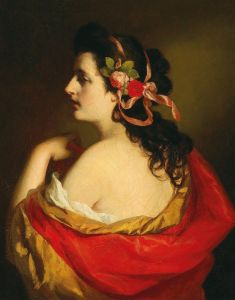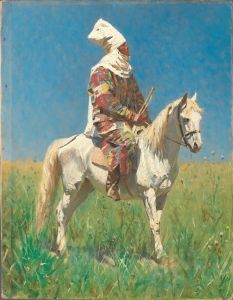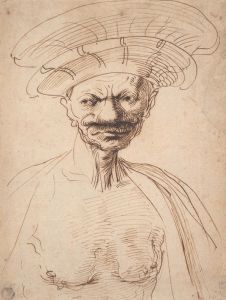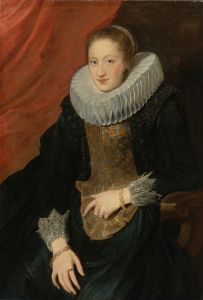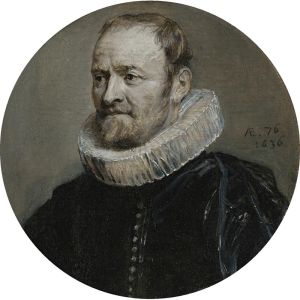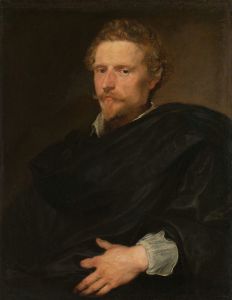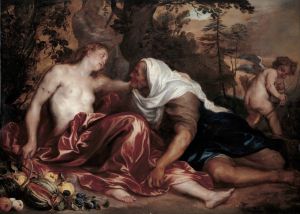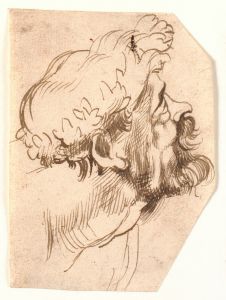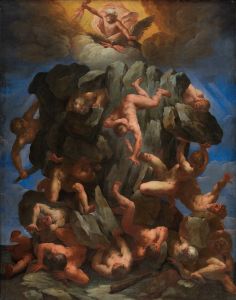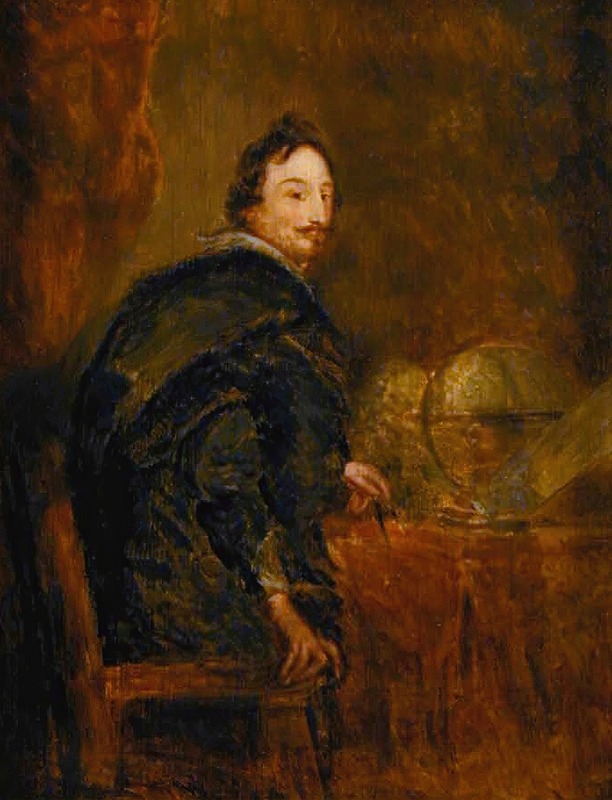
Lucas van Uffele
A hand-painted replica of Anthony van Dyck’s masterpiece Lucas van Uffele, meticulously crafted by professional artists to capture the true essence of the original. Each piece is created with museum-quality canvas and rare mineral pigments, carefully painted by experienced artists with delicate brushstrokes and rich, layered colors to perfectly recreate the texture of the original artwork. Unlike machine-printed reproductions, this hand-painted version brings the painting to life, infused with the artist’s emotions and skill in every stroke. Whether for personal collection or home decoration, it instantly elevates the artistic atmosphere of any space.
Anthony van Dyck, a prominent Flemish Baroque artist, is renowned for his portraits, which often capture the elegance and status of his subjects. One of his works, "Lucas van Uffele," exemplifies his skill in portraiture and his ability to convey the character and social standing of the individuals he painted.
Lucas van Uffele was a wealthy merchant from Antwerp, a city that was a significant cultural and economic hub during the 17th century. The portrait of Lucas van Uffele by Anthony van Dyck is a testament to the artist's ability to depict the affluence and sophistication of his patrons. Van Dyck's portraits are characterized by their attention to detail, the subtle use of color, and the ability to capture the personality and status of the sitter.
In this portrait, van Dyck employs his signature style, which includes a refined use of color and light to highlight the features and attire of Lucas van Uffele. The composition is carefully arranged to draw attention to the subject's face and hands, which are often considered the most expressive parts of a portrait. Van Dyck's technique involves a delicate balance of realism and idealization, ensuring that the subject is portrayed in a flattering yet truthful manner.
The clothing and accessories depicted in the portrait are indicative of Lucas van Uffele's wealth and position. During the Baroque period, clothing was not only a necessity but also a symbol of social status. The rich fabrics and intricate details in the attire of van Uffele suggest his high standing in society. Van Dyck's attention to these details reflects his understanding of the importance of fashion and material culture in the portrayal of his subjects.
Van Dyck's portraits often include a sense of movement and life, achieved through the use of dynamic poses and the careful rendering of textures. In "Lucas van Uffele," the artist captures the texture of the fabrics and the play of light on different surfaces, adding depth and realism to the painting. This attention to detail is one of the hallmarks of van Dyck's work and contributes to the enduring appeal of his portraits.
The background of the portrait is typically understated, allowing the viewer to focus on the subject. Van Dyck often used neutral or dark backgrounds to create a contrast with the illuminated figure of the sitter. This technique not only highlights the subject but also adds a sense of timelessness to the portrait.
Anthony van Dyck's influence on portrait painting was significant, and his works were highly sought after by the European elite. His ability to capture the essence of his subjects while maintaining a sense of elegance and grace set a standard for portraiture that continued to influence artists long after his time.
The portrait of Lucas van Uffele is a fine example of van Dyck's mastery in the art of portraiture. It reflects the artist's skill in conveying the personality and status of his subjects, as well as his ability to create works that are both aesthetically pleasing and rich in detail. Through this portrait, van Dyck not only immortalized Lucas van Uffele but also contributed to the legacy of Baroque portraiture.






